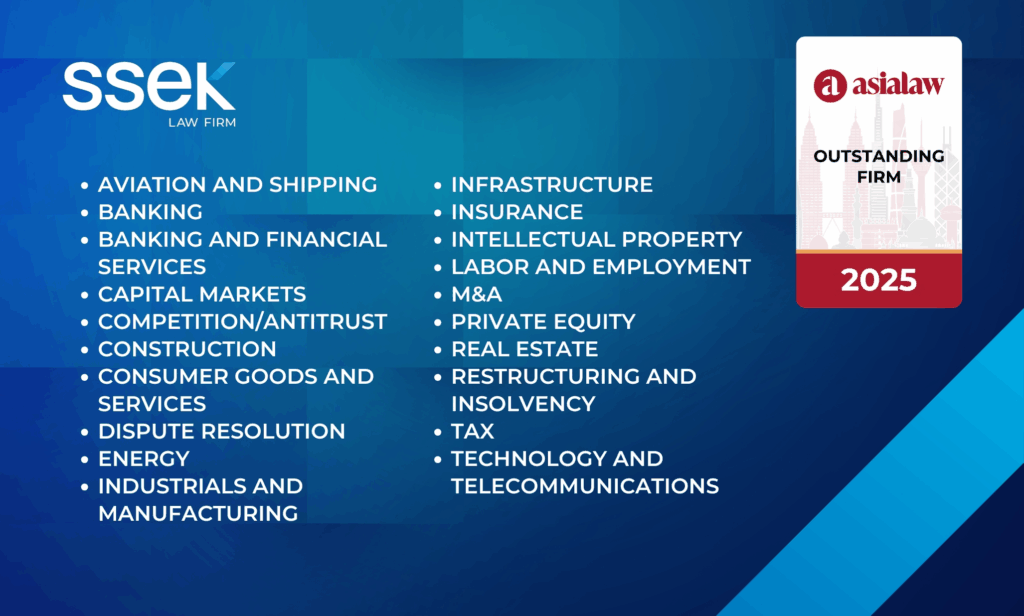11 July, 2018
Though comparatively young among its regional peers, Vietnam’s economy is turning up some exciting areas of opportunity. One of the most promising is the industrial property market, comprising industrial land, ready-built factories, warehouses and other logistics properties.
Slowly but surely, the country is moving from a labour-intensive to a capital-intensive economy, and over the next few years we will continue to see a shift towards the more value-added sector.
This means that the industrial sector will begin to incorporate more sophisticated requirements, demanding a higher level of expertise and technical equipment. At the moment, industrial parks remain sparse and there is no concerted effort to gather industries on a regional level.
However, Vietnam’s manufacturing and processing sector accounted for over 40 percent of the country’s foreign direct investment (FDI) last year, which surged to a record high of US$36 billion overall. This trend looks set to continue.
Get in on industry
Currently, the city of Hai Phong and province of Bac Ninh are the two localities boasting the highest number of industrial parks in the country. They are also the biggest draws for industrial investment in the northern economic region.
France’s FM Logistic, a leading warehouse supplier, recently launched a 5,000 sq.m logistics warehouse in Bac Ninh while purchasing an additional 50,000 sq.m in the north to build the first European-standard storage centre in Vietnam.
Other areas around the country are showing similar signs of strong development and investors would be wise to get in early.
In fact, the country’s largest supplier of industrial property, the BW Industrial Development JSC, debuted in the southern province of Binh Duong earlier this year. BW is a joint-venture between US private equity fund Warburg Pincus and Vietnam’s Investment and Industrial Development Corporation (Becamex IDC), with investment of over US$200 million.
Betting on the country’s booming manufacturing sector and rising domestic consumption, the company has bought land for eight projects in five localities around Vietnam, with a focus on developing institutional-grade logistics and industrial properties.
A well-connected hub
Among several notable advantages increasing Vietnam’s attractiveness to industrial investors, the country’s proximity to some of the world’s major sea trading routes offers huge opportunities to develop maritime transport, particularly for logistics services.
The country’s border with China makes it a promising option for manufacturers looking at alternative locations in Southeast Asia while operating costs in China continue to head upwards.
Additionally, the nation’s household income is likely to increase. According to recent research, Vietnam is expected to enjoy the strongest growth in the middle-income population bracket, with a Compounded Annual Growth Rate (CAGR) of 19 percent from 2018-2020, and an increase of 14 percent from the previous decade.
A young population coupled with growth in average income will boost purchasing power and help the country retain its spot as a top investment destination in Southeast Asia.
The fruits of free trade
Vietnam’s industrial real estate sector is also expected to get a helping hand once the Comprehensive and Progressive Agreement for Trans-Pacific Partnership (CPTPP) comes into effect.
The passage of the deal has been smooth so far, and players both at home and abroad are already considering ways in which they can benefit from each other’s markets. Tariff cuts and streamlined regulations will precipitate a surge in investment, and a big slice will go into the industrial sector.
Acknowledging the oncoming wave of interest, the Prime Minister approved spending of up to US$921 million on infrastructure development around economic zones and industrial parks by 2020. This heavy investment has been earmarked for roads, drainage and water waste treatment facilities, as well as power infrastructure for industrial parks and clusters, hi-tech parks and hi-tech agricultural zones.
Major cities are also eyeing increased industrial attraction, especially from abroad. Under the development plan for Hanoi, the city will have nine more industrial parks on a total area of 2,360 hectares by 2020, an increase of 132 percent against current supply.
Easing the entry of foreign players to such parks would help in boosting occupancy. It remains to be seen whether the pledged cash will complete the connection of factories to road networks, as well as promote the growth of residential and commercial areas around the parks. If the strong demand is anything to go by, these requirements are likely to be met soon.
For these reasons, Vietnam is becoming more appealing to foreign manufacturers, their associated suppliers and supporting industries. Investor interest in the industrial market is on the up, in industrial zones as well as in income-producing industrial assets, build-to-suit opportunities and logistics-based warehousing.
Huge opportunities exist in Vietnam for both existing players and new manufacturing firms to snap up significant market share and get in on the ground floor. This area is certainly one to keep an eye on.
For further information, please contact:
Giles T. Cooper, Partner, Duane Morris
gtcooper@duanemorris.com





